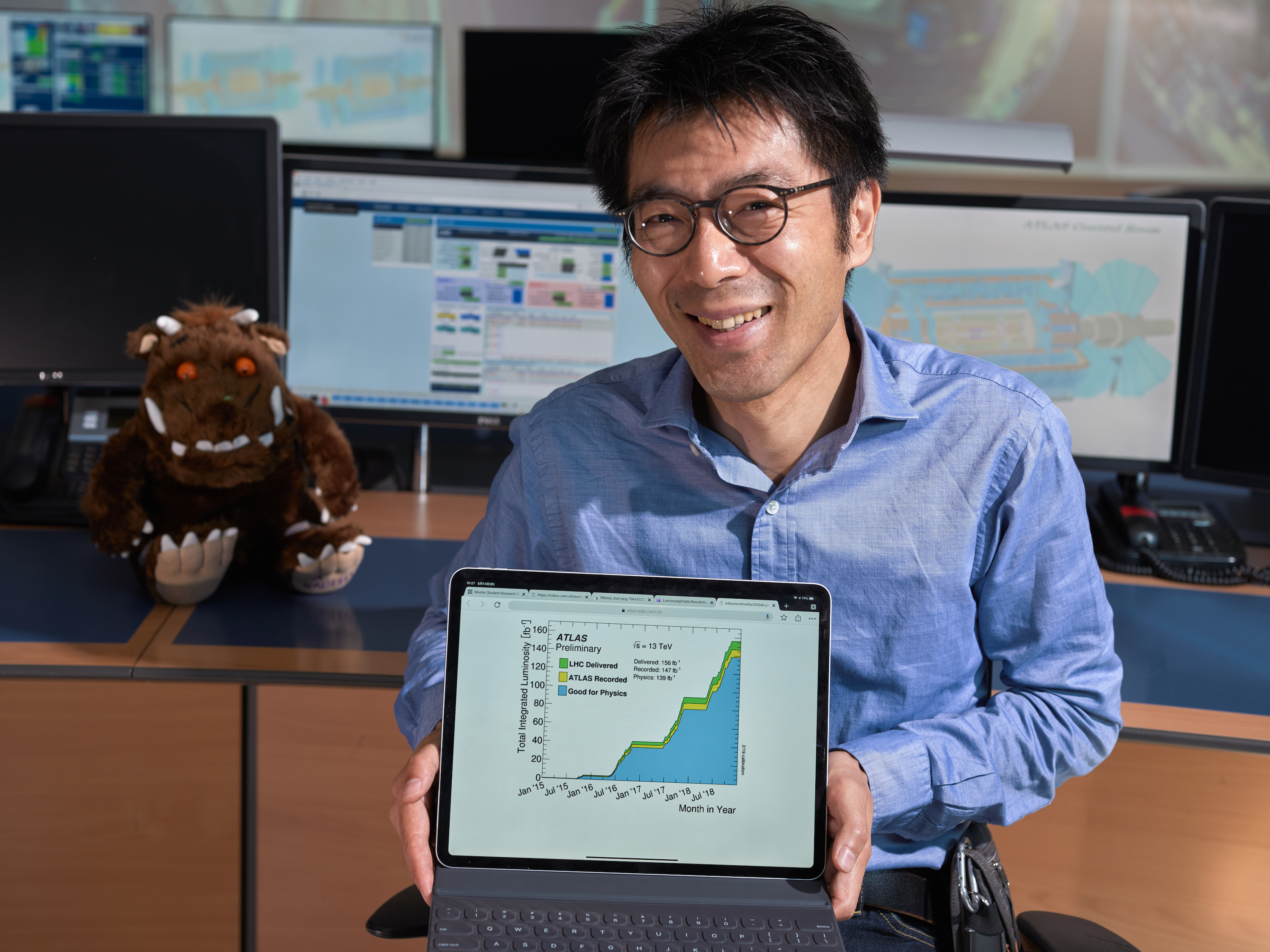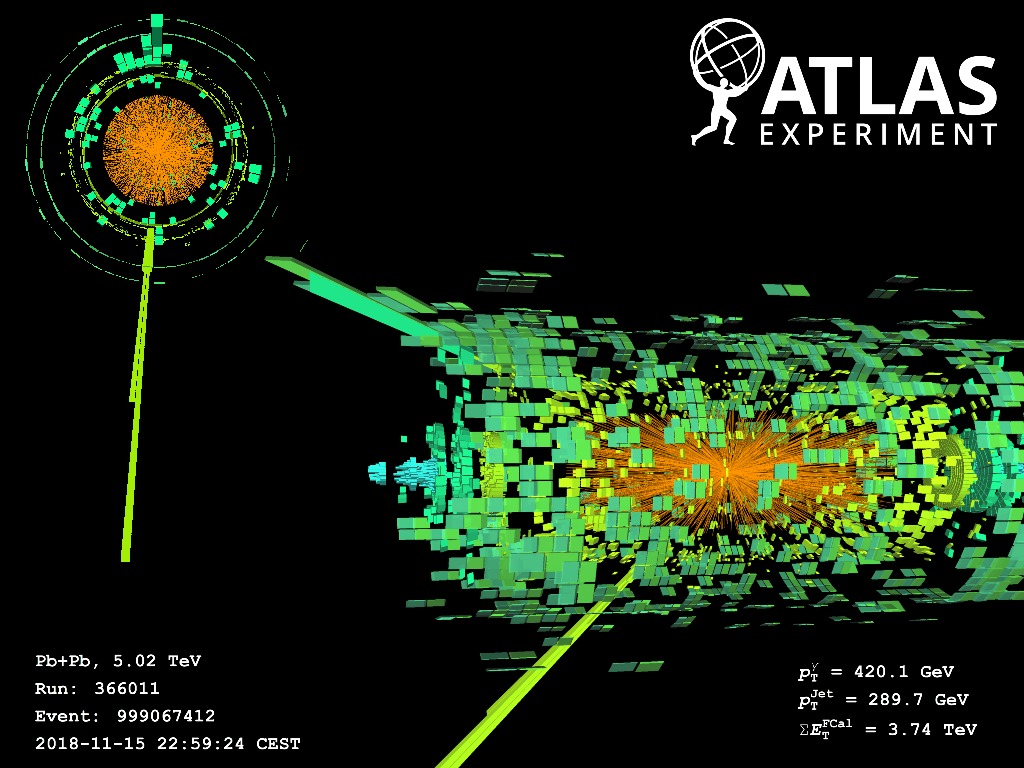All Bunched Up!
6 January 2010 | By

High Energy Physicists have been waiting for many years to see the LHC turn on. Now that it has been turned on, the network of physicists around the world have quickly been harnessed. It can be considered a phase transition in particle physics.
One of the characteristics of the LHC (or any other synchrotron ) is that they have a radio frequency (R-F) structure to the beams. It basically looks like a series of buckets if one looks at it on an oscilliscope. One R-F bucket will hold one bunch of protons. The LHC has a train of about 3600 bunches per beam. Due to technical machine safety reasons a block of about a third of these bunches are not filled (this is commonly refered to as the abort gap). So that leaves about 2400 possible bunches that can be filled into the LHC. But a machine as complex as the LHC will not simply run with a full beam from day one. The plan is to gradually increase the number bunches.
For the first several weeks the LHC operated with what is called safe beam. This is simply a single bunch of about 1x10^9 protons. Then they went quickly to 2 bunches per beam. Then they doubled that again soon after to 4 bunches. That was the first time that all four experiments were able to see collisions during the same Fill (a fill is litterally an operation of the LHC with the same beam, everytime a new beam has be injected, or filled, a new Fill is declared, there have been > 900 Fills this year alone). On Tuesday December 14th at 10pm the LHC performed its first test with 16 bunches per beam. This means that we get 8 bunches crossing at Point 1 per orbit (an orbit is simply one cycle of the beam in the LHC, just like the Earth does one orbit per year). This was the most intense beam the LHC had seen and this is just the tip of the iceberg.
As you recall they have several thousand bunches to go. The LHC must proceed cautiously because as you add more bunches to the beam, the beams will start to interact with themselves (refered to as beam-beam interactions). These beam-beam interactions are manifestations of basic electro-dynamic physical phenomena (but I won't go into that now). Basically as the currents in the machine get bigger, the LHC will have to adjust its tuning of orbits (small tweaks of special magnets in the machine will take care of these adjustments).
ATLAS was very happy to see the increase in bunches because it means that we get that many more collisions, we see it as a very encouraging sign of more good things to come!




